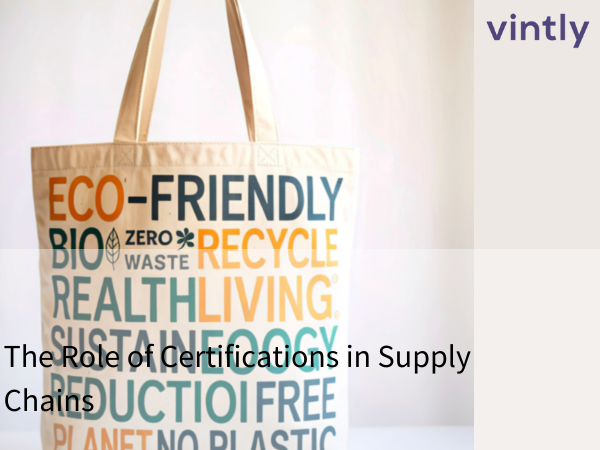The 2020’s have so far been a roller coaster for anyone working within supply chain, sourcing and purchasing operations.
The pandemic initially got stock markets to panic, but soon turned into a golden opportunity for apparel and retail companies, benefiting from people's remote working and increased desire to invest in fashion, beauty and interior design. The increased demand, in combination with ports in lock down, soon caused huge supply chain bottlenecks and once bottlenecks started to resolve, inflation was a fact and pending regression scared customers away. It’s the perfect storm for a purchaser and the challenges to manage are many. In this article, we take a closer look at some of the factors behind these challenges.
The Impact of Information Technology
As technology advances, purchase managers are now having to contend with ERP systems as well as online supplier selection and sourcing. ERP software offers many advantages for purchase managers to manage their complex operations, such as providing centralised data, streamlining processes, and allowing for faster decision-making. However, ERP’s have a downfall, they are only one sided. So much of the information feeding the ERP comes from the relationship with the suppliers, yet that flow of information is endless strings of emails and excel sheets.
Make sure to implement a Purchase order management tool such as Vintly, to be able to collaborate with your suppliers on the same platform and work alongside your ERP. Lastly, with the introduction of online marketplaces for supplier selection and sourcing, purchase managers are able to search through an extensive list of global suppliers, compare pricing, delivery options, and other important considerations in order to quickly fill purchase orders.
Managing Supplier Relationships
In order to maximise cost efficiency, purchase managers have to be able to manage conflicting delivery schedules and quickly adapt to changing supplier demands. In addition, purchase managers must be able to effectively manage supplier relationships and ensure a positive experience for both the company and the supplier. Establishing a favourable and trustworthy partnership with suppliers can take a long time, even years, but it’s important to always nurture this relationship in order for your suppliers to help accomplish your company’ goal.
Managing Inventory
In order to stay on top of changing trends, purchase managers must be able to keep excess inventory to a minimum while also managing shelf-life and storage efficiently. They must be able to anticipate future demand in order to accurately forecast how much stock should be kept on hand and for how long. The line between value creator and value destroyer can be very thin, and it usually is highly impacted by inventory.
New Challenges in the Digital Age
With the advent of digital platforms and the implementation of strict regulations, purchase managers must be able to take advantage of data to ensure quality products and cost efficiency. New platforms allow them to quickly compare prices, analyse supply chains, and determine delivery schedules. Inflation has raised the cost of goods, mostly resulting in price increases for consumers. Purchase managers need to ensure that a balance is met between the rise of prices and retain value for the consumer.
Conclusion
Being a purchase manager within apparel and fashion has its fair share of challenges. But with proper understanding of the pain points, it’s possible to develop strategies and processes to effectively manage them. From managing supplier relationships, to ensuring cost efficiency and quality product, it is essential for purchase managers to stay on top of their responsibilities and remain informed of the latest industry trends in order to meet the needs of their company.
.png)


